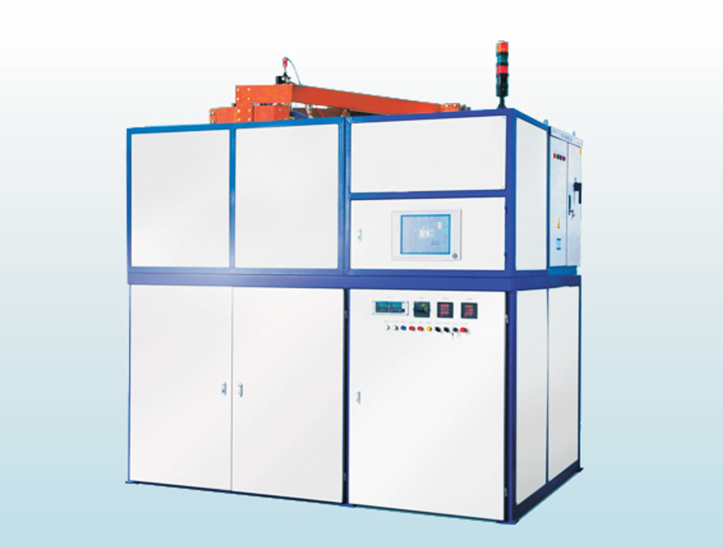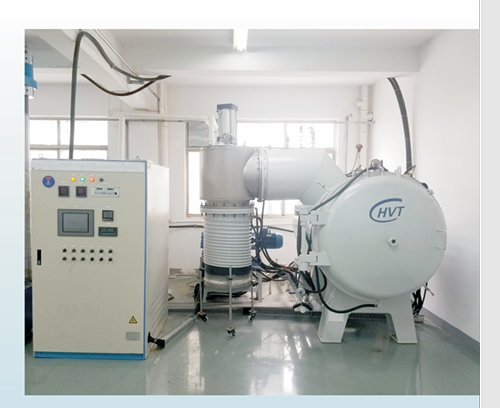Revolutionizing Industrial Heating: The Power of Metal Furnaces
The industrial heating landscape has evolved dramatically over the years, with metal furnaces emerging as a game-changing solution for manufacturers and processors worldwide. These sophisticated heating systems represent a significant leap forward from conventional ovens, offering unprecedented control, efficiency, and versatility. As industries continue to demand higher performance and more sustainable operations, metal furnaces have become increasingly central to modern manufacturing processes.
The transformation from traditional ovens to metal furnaces marks a pivotal shift in how businesses approach their heating needs. With advanced temperature control systems and superior heat distribution capabilities, metal furnaces are setting new standards in industrial heating technology. This comprehensive guide explores the numerous advantages these systems offer over their conventional counterparts.
Superior Temperature Control and Heat Distribution
Precision Engineering for Optimal Performance
Metal furnaces excel in providing precise temperature control, a critical factor in many industrial processes. Unlike traditional ovens, these systems utilize advanced thermal monitoring technology and sophisticated control mechanisms to maintain exact temperatures throughout the heating cycle. This level of precision ensures consistent results and reduces the risk of product defects due to temperature variations.
The engineering behind metal furnaces incorporates multiple heating zones and advanced insulation materials, allowing for uniform heat distribution. This feature is particularly valuable in applications requiring even heating across large or complex items, where traditional ovens often struggle to maintain consistency.
Advanced Temperature Maintenance Systems
Modern metal furnaces employ state-of-the-art temperature maintenance systems that can respond rapidly to any fluctuations. These systems use advanced algorithms and sensors to adjust heating elements in real-time, ensuring stable temperatures throughout the operation. This level of control is especially crucial in processes where even minor temperature variations can affect the final product quality.
The superior heat distribution in metal furnaces also translates to reduced energy consumption, as less power is needed to maintain desired temperatures. This efficiency stems from better insulation and more effective heat transfer mechanisms compared to traditional ovens.
Enhanced Energy Efficiency and Cost Savings
Optimized Energy Consumption Patterns
Metal furnaces incorporate innovative design features that significantly reduce energy waste. Their advanced insulation systems and precise control mechanisms ensure that energy is used efficiently, minimizing heat loss and optimizing power consumption. This efficiency translates into substantial cost savings over time, making metal furnaces a smart investment for businesses looking to reduce their operational expenses.
The ability to maintain consistent temperatures with minimal energy input sets metal furnaces apart from traditional ovens. These systems often achieve the same results while consuming up to 30% less energy, representing significant savings in utility costs for industrial operations.
Long-term Economic Benefits
While the initial investment in metal furnaces may be higher than traditional ovens, the long-term economic benefits are substantial. These systems typically have longer operational lifespans and require less frequent maintenance, reducing overall ownership costs. The superior durability of metal furnaces, combined with their energy efficiency, creates a compelling financial argument for their adoption.
Additionally, many modern metal furnaces come equipped with energy recovery systems that capture and reuse waste heat, further improving their economic performance. This feature is rarely found in traditional ovens and represents another way in which metal furnaces provide superior value.
Increased Production Capacity and Flexibility
Enhanced Processing Capabilities
Metal furnaces offer significantly higher processing capabilities compared to traditional ovens. Their ability to handle larger loads and maintain consistent temperatures across bigger volumes enables businesses to increase their production capacity substantially. This enhanced capability is particularly valuable in industries where high-volume processing is essential for meeting market demands.
The superior design of metal furnaces also allows for more flexible operations, accommodating different types of materials and processing requirements within the same system. This versatility makes them ideal for businesses that need to handle diverse production needs without investing in multiple specialized units.

Improved Process Control and Automation
Modern metal furnaces come equipped with advanced automation features that streamline operations and reduce human error. These systems can be integrated with existing production lines and controlled through sophisticated software interfaces, allowing for precise process management and monitoring. The ability to automate various aspects of the heating process leads to more consistent results and increased productivity.
The integration capabilities of metal furnaces also extend to data collection and analysis, providing valuable insights into process efficiency and performance metrics. This data-driven approach enables continuous improvement and optimization of heating operations.
Environmental Benefits and Sustainability
Reduced Environmental Impact
Metal furnaces contribute to environmental sustainability through their improved energy efficiency and reduced emissions. The precise control systems and better insulation result in lower energy consumption, which directly translates to reduced carbon emissions. This advantage is increasingly important as industries face growing pressure to minimize their environmental impact.
Many modern metal furnaces also incorporate clean-burning technologies and emission control systems, further reducing their environmental footprint compared to traditional ovens. These features help businesses comply with environmental regulations while demonstrating their commitment to sustainable operations.
Sustainable Manufacturing Practices
The adoption of metal furnaces aligns with sustainable manufacturing practices and supports companies' environmental goals. These systems often integrate with renewable energy sources and can be part of a broader sustainability strategy. Their efficient operation and reduced waste generation contribute to more environmentally responsible production processes.
The durability and longevity of metal furnaces also mean fewer replacements and less manufacturing waste over time, supporting circular economy principles and sustainable resource use.
Frequently Asked Questions
How do metal furnaces achieve better temperature control than traditional ovens?
Metal furnaces utilize advanced thermal monitoring systems, multiple heating zones, and sophisticated control algorithms to maintain precise temperatures. These features, combined with superior insulation and heat distribution mechanisms, enable more accurate and consistent temperature control compared to traditional ovens.
What makes metal furnaces more energy-efficient?
Metal furnaces achieve higher energy efficiency through advanced insulation, precise temperature control, heat recovery systems, and optimized heating elements. These features work together to minimize heat loss and ensure energy is used effectively throughout the heating process.
Are metal furnaces suitable for all types of industrial applications?
While metal furnaces excel in many industrial applications, their suitability depends on specific process requirements, materials being heated, and production volumes. They are particularly well-suited for high-temperature applications, precise heating needs, and operations requiring consistent results across large volumes.
What is the typical return on investment for upgrading to a metal furnace?
The return on investment for metal furnaces typically occurs within 2-5 years, depending on usage patterns, energy costs, and production volumes. The combination of reduced energy consumption, increased productivity, and lower maintenance costs contributes to favorable long-term economics.


